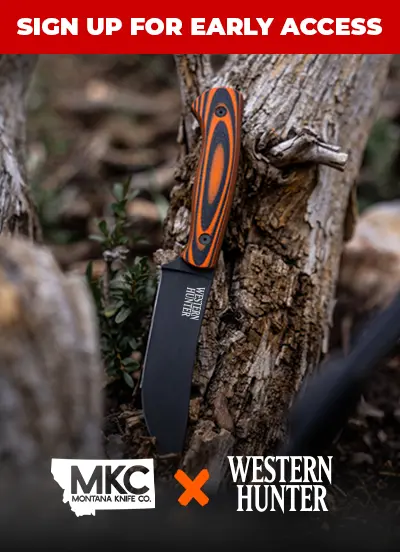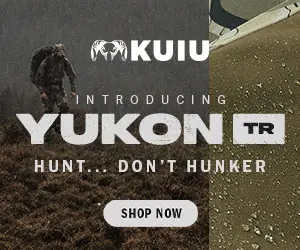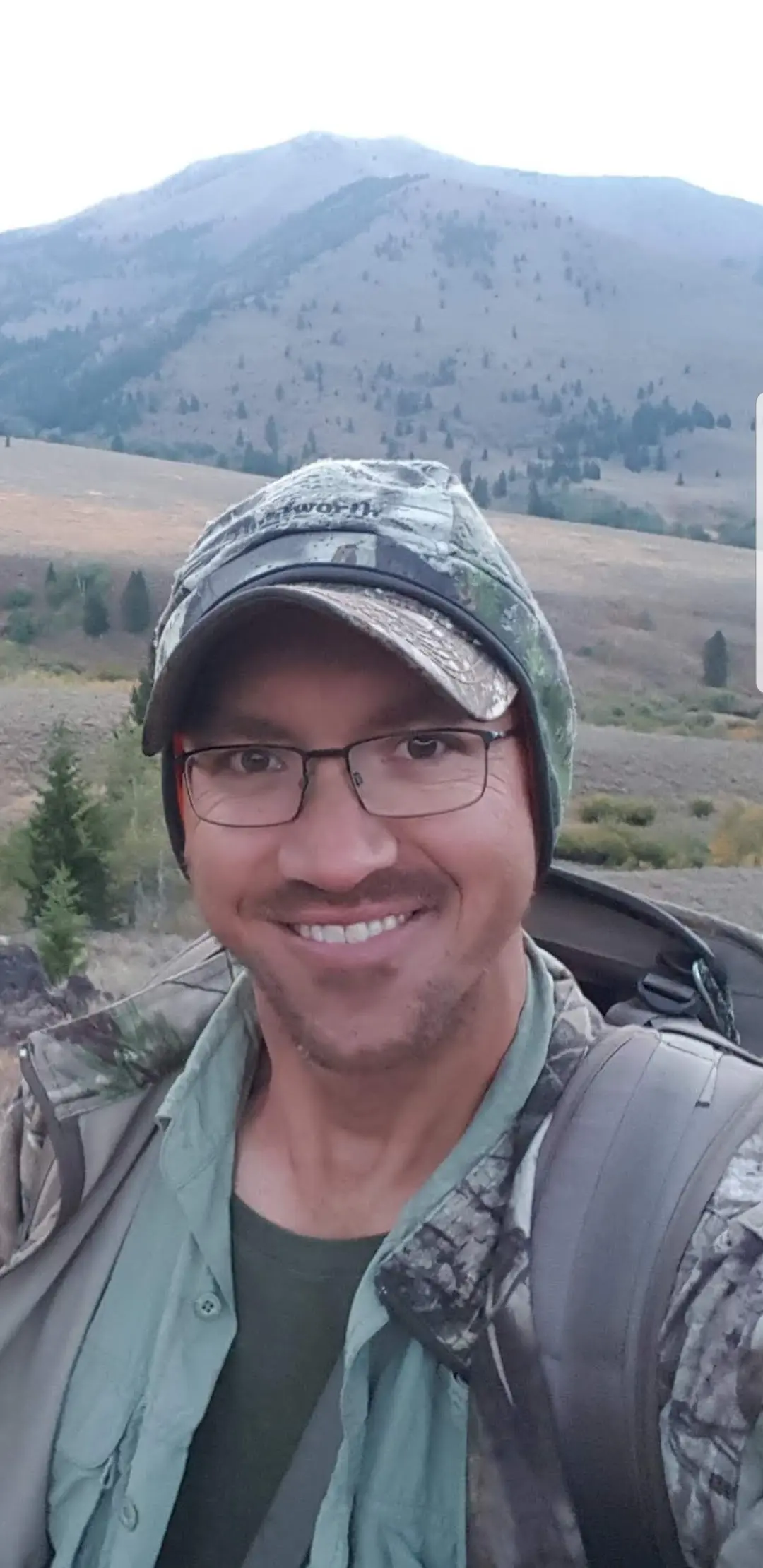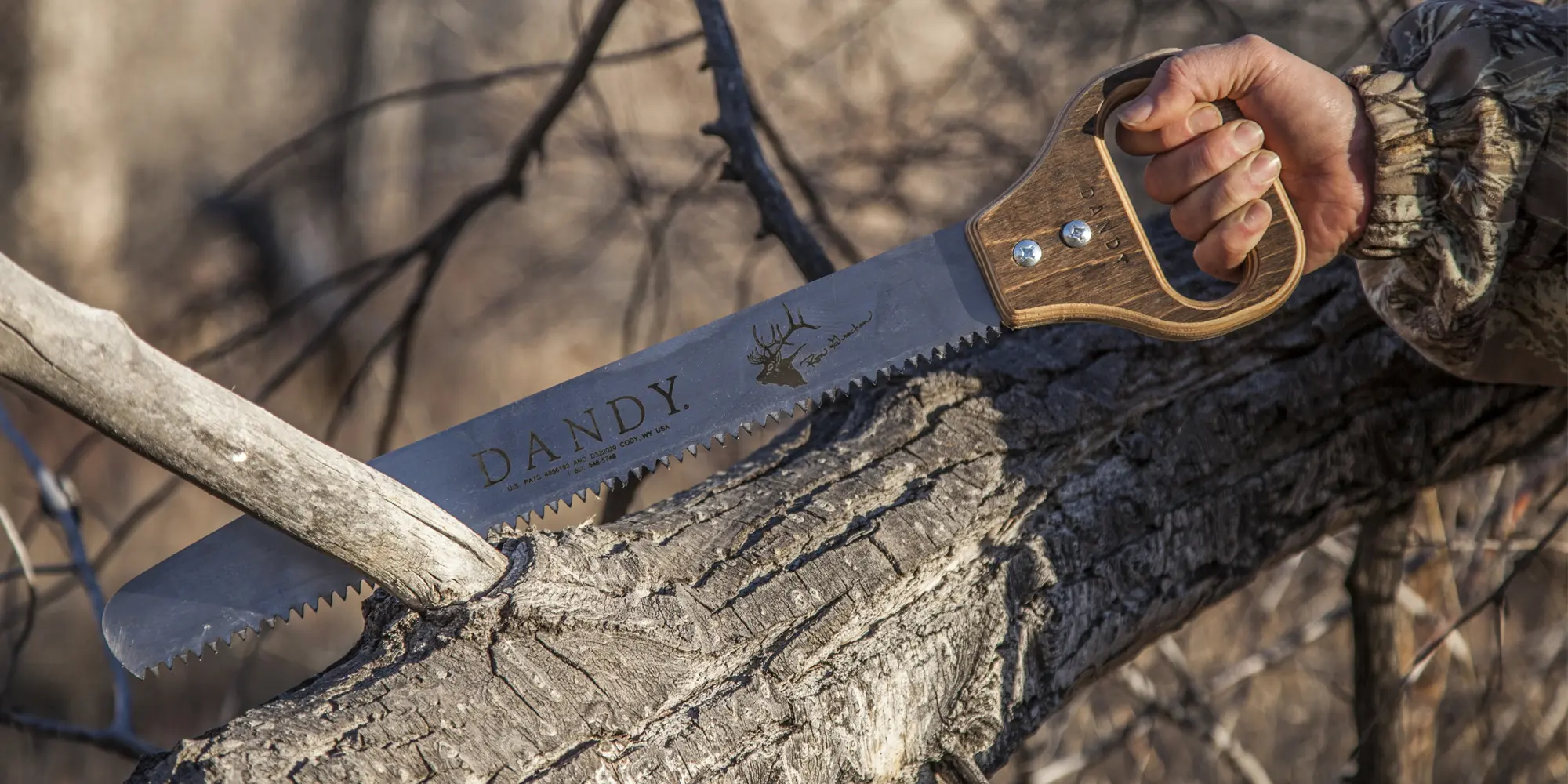
NOTICE: Certain links on this post may earn a commission for Western Hunter Magazine from Amazon or our other affiliate partners when you make a purchase. Thank you for your support.
Bone Saw Review
This past September, a few of my buddies and I were fortunate enough to have an opportunity to do a group muzzleloader elk hunt in central Colorado. Even after many years of going on these types of hunts, the night before opener always finds camp full of excitement and anticipation as we reflect on hunts gone by and dream of what might soon come.
Per tradition, before crawling into my bag for the night, I did a once-over of all my gear – knives, rope, lights, kill kit, spare ammo, etc. Knowing my intentions for the first morning included hiking several miles and gaining considerable elevation, I figured it might be worthwhile to pare down my gear to the bare essentials. But what could I possibly cut from what years of experience have taught me to be essential?
Game bags? No. Rain gear? No. Optics? No! How about my combination bone/wood saw? Hmm? Realistically, it's the first day, and what are the odds of actually scoring on day one? Even if I do get one, a saw is not essential, is it? That was that. The saw was neatly tucked into the corner of the tent, the remaining gear was quickly returned to my pack, and I jumped into bed for a few sleepless hours of rest.
Early Success
Well, needless to say, sometimes first mornings do have pleasant surprises. In this case, my surprise was a nearby BANG! followed shortly by another. As for me, I had yet to see anything but other hunters. But for my buddy Kieffer, his first encounter of the trip was with a beautiful 6x6. While nerves got the best of him on his first attempt, his second shot rang true, and by the time I could make my way to his location, Kieffer was standing over his prize.
After taking a few quick photos, it was time to get to work. Ultimately, the bull yielded over 250 pounds of deboned meat, as well as a huge, heavy cape and an impressive set of headgear. As Andy hauled load after load down the steep, nasty mountain to a staging area, I quickly caped out the bull's head and resumed my hunt. We met again at dark to carry the last load down the mountain to the hanging tree.
Sorely Missed
At this point, we were each quite exhausted, the consequence of extremely hard work mixed with bodies that really hadn't yet acclimated to the elevation. We were determined to get the entire load to where the meat had been hung by the nearest pack trail so that Andy could finish the pack out over the next couple of days, but our legs could only take so much. With the last two loads of meat in our packs, all that remained was the cape and the rack. Of course, the rack was still attached to the head, because what were the odds we'd need a bone saw on day one?
An elk head can weigh around 30 pounds. In some situations, another 30 pounds isn't that big of a deal. Here, though, that extra weight prevented us from taking the final load down that treacherous mountain. In fact, after numerous falls and dangerous near-misses, we resigned ourselves to stashing the head halfway down the mountain. When we had marked the spot with flagging tape and a waypoint, Andy and I began our midnight march back to camp, commiserating the entire hike about how nice it would have been to have simply had a saw.
Is a saw essential? No. Can it be a lifesaver? Absolutely. Come to think of it, that's why I had the saw in my pack initially! In this product review, I want to talk about the benefits of carrying a saw as well as some features worth considering if you do buy one.
The Makings of a Good Saw
First and foremost, for me, a hunting saw needs to be able to cut bone – and heavy bone at that. I don't cut a pelvis, sternum, or ribs with my saw, since a knife can easily remove the meat and joints from those areas without having to actually cut the bone. My purpose for a bone saw is to cut the skull plate off the head and prevent the above story from occurring. The skull of a mature bull elk or moose can be nearly an inch thick, so the saw needs to be able to cut more than wood.
With that said, wood cutting IS another great benefit of having a saw. If you've ever watched the survival series “Alone,” you'll know the life-saving benefits of having an axe or saw to build a shelter, make firewood, clear a path, etc. For western hunters accessing remote wilderness areas by horse, a handsaw could be vital in clearing trails since mechanized equipment (chainsaws) are not allowed within designated wilderness.
So, are there saws on the market designed with the western hunter in mind? Can some saws efficiently cut both wood and bone and realistically be carried in a day pack? Yes, yes, and yes.
There are numerous options to choose from when it comes to a multi-purpose saw. In my mind, though, when it comes to buying hunting gear I defer to an adage from the mountain biking world when trying to pick the best from the rest: "Strong, light, cheap – pick any two." If it's light and cheap, it's probably not very durable. If it's strong and lightweight, it's probably not as cheap as some competitors. Can you find a dirt-cheap saw that's lightweight? Of course. Will it last your entire hunting career? Not if you use it regularly. With that in mind, here are two saws that I think are well worth considering and still easily fit within most budgets.
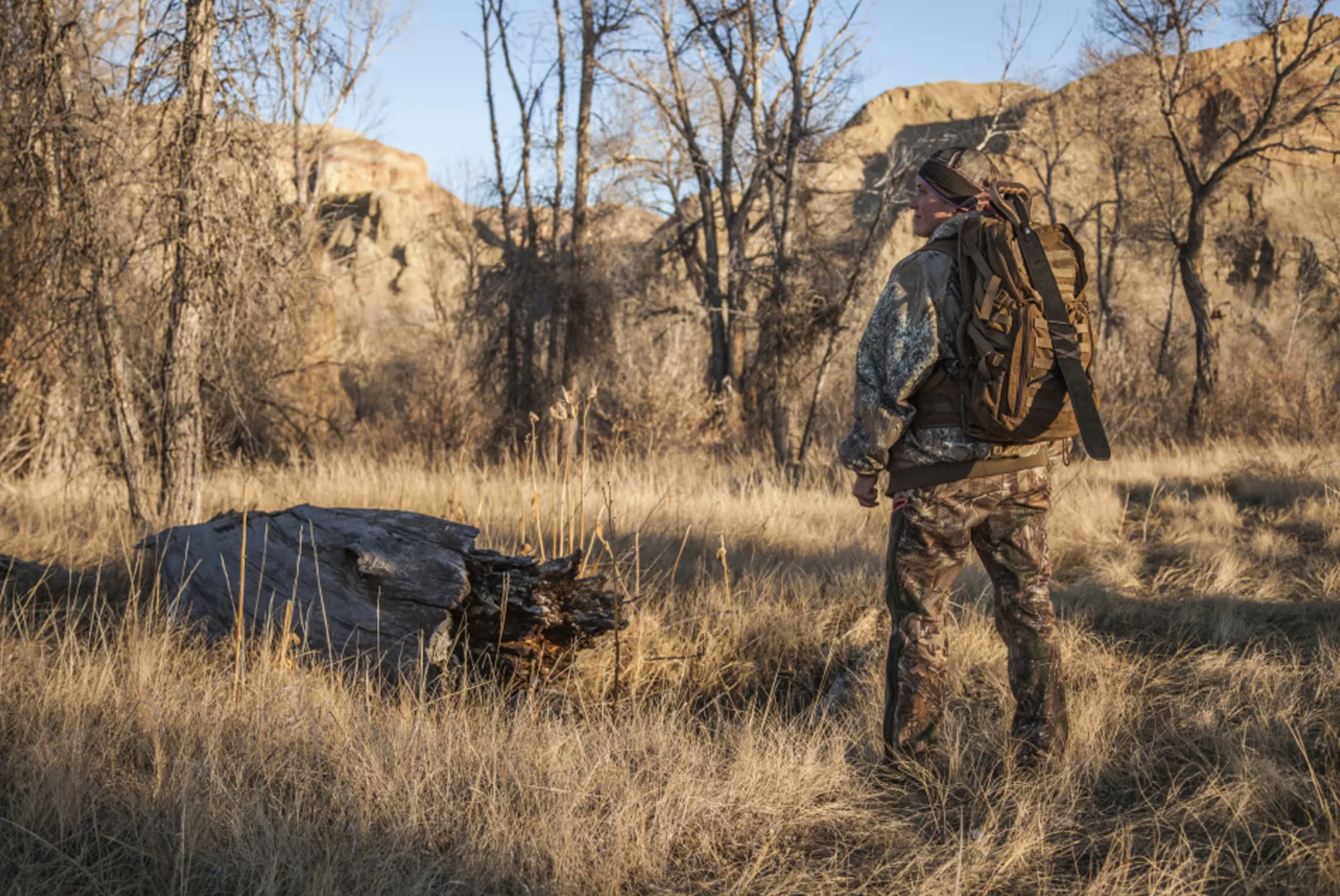
Two Solid Options
The first is the Dandy Saw by Grizzly Fabrication and Welding (aka Robertson Enterprises). If you're into fashion and function, these saws are definitely sharp on both accounts. Handcrafted from birchwood and Swedish band saw steel, these made-in-the-USA saws have been used by hunters for over 30 years with great reviews. The sharp, strong teeth of Dandy Saws have very deep grooves which prevent tissue from gumming up the saw blade while removing a skull cap and also make short order of limbs or trees. With four sizes to choose from (12", 18", 28", and 36"), you'll be hard-pressed to find something these saws won't cut.
For medium-sized skulls like deer and antelope, the 12" saw is plenty big to remove a skull plate. The 12" will work on elk, but the longer stroke provided by the 18" makes it their most popular saw. If cutting and clearing large trees is a possibility, one of the larger blades will do the trick. In fact, the 36" blade has a handle on each end of the saw, designed for team-cutting, although, due to its stiff blade, it can be used individually as well. With a limited lifetime warranty which includes repair or replacement of any dulling, broken screws, broken handle, or broken blade under intended use, these saws can last a lifetime and are well worth consideration. The saws range from $55-$115 and weigh from 12 oz to 32 oz. Check them out at Grizfab.com.
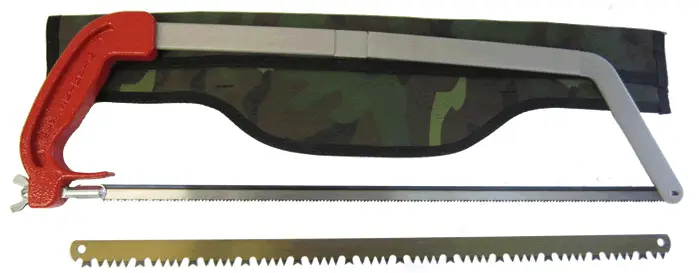
Another great option is the Wyoming Saw. Also made in the USA, Wyoming Saws cut both bone and wood very well via the use of interchangeable blades. The Wyoming Saw is similar to a traditional hacksaw but uses a powder-coated stainless steel frame and aluminum handle, providing a very robust, yet lightweight assembled product. The bone blade of the Wyoming Saw is also similar to traditional hacksaw blades, only with sturdier steel and noticeably deeper grooves between teeth, again preventing the blade from getting gummed up with soft tissue. The wood blade has an aggressive tooth configuration that cuts through wood easily.
Like most hacksaws, the Wyoming Saw breaks down and can be stored in either a leather or nylon case. Wyoming Saws come in two sizes, 11 ⅛” and 18 ¼", weighing in at 16 oz and 23 oz and costing $43.35 and $54.75, respectively. Spare blades can also be bought for around $5. Check them out at Wyomingknife.com.
As you can imagine, laughs and stories abounded around the campfire that night when Andy I finally stumbled into camp. Pictures were shown, and heartfelt congrats were given by all. Soon, a plan was made for the next day and, eventually, we each retreated to our tents. Situating my gear for the following morning, I crawled into my bag and had no trouble getting sleep… after shoving my saw into the bottom of my pack!
